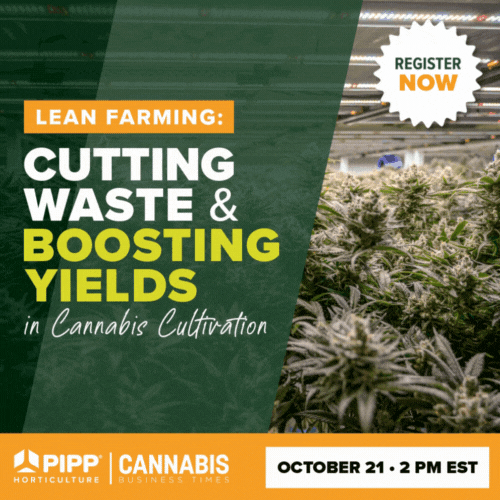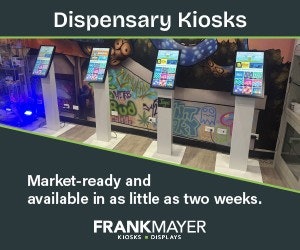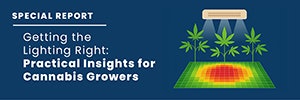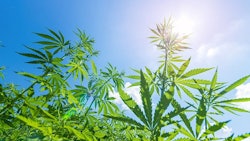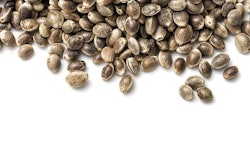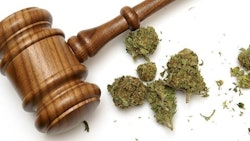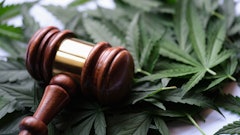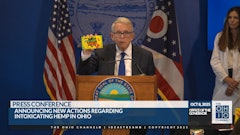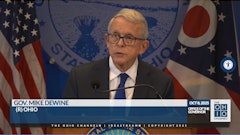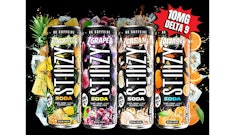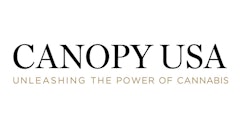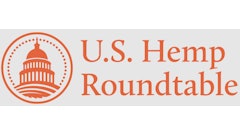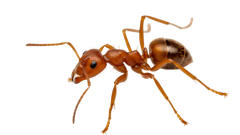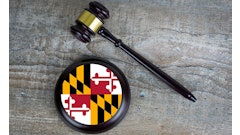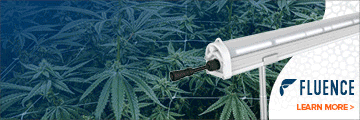
Hemp certificates of analysis (COAs) are reports issued by third-party testing laboratories that outline a variety of a sample’s contents and contaminants, often including cannabinoids, pesticides, heavy metals, terpenes and more. They’re important documents that verify both the quality and value of the material tested, from hemp biomass to cannabidiol (CBD) extracts. Unfortunately, misleading and altered COAs are fairly common in the burgeoning industry.
Adams Independent Testing, a hemp testing lab based in North Dakota, recently published an white paper that outlines the problems with fraudulent COAs and how to identify them. Here, Hemp Grower spoke with Adams Independent Testing CEO and co-Founder Kia Mikesh on the prevalence of misleading COAs in the industry, red flags to look for and how to mitigate some issues that come with them.
HG: How prevalent are fraudulent COAs in the hemp industry?
KM: It happens quite often, actually. We only see a fraction of them when people are bringing them to our attention and asking about red flags. A lot of times, we see them when people are trying to sell seed or biomass. This industry doesn’t have a lot of regulations yet like most industries do, so there’s not a lot preventing people from doing it. There are also people that don’t know they’re doing this, too—they don’t even know they’re giving an essentially fraudulent COA.
The biggest [area of misguidance on COAs] is in the limit of quantification. That’s what the lab tests an analyte down to. For example, we test down our delta-9 THC [limited in hemp to a concentration of 0.3%] to .001%. So as long as .001% THC is in there, our machine and methods are going to see that. But some labs and some methods have higher limits. One COA we saw had a 2.24% limit of quantification, so if the sample had a lower amount of delta-9 THC, it would say THC was not detected.
If I wasn’t in this field, I would not have known that. If it says it’s not detected, you just trust that. The COA isn’t wrong in that scenario—it clearly states the limit of quantification and is correct, but it’s misleading. In that situation, it was probably a cannabis or marijuana lab. That limit of quantification is common in that field, but in hemp, that can [lead to destruction of] your entire crop. That’s not necessarily malicious, but others have figured this out and just go to marijuana labs to test their hemp.
HG: How obvious is it that a COA has been intentionally altered?
KM: If you’re not familiar with them, it can be not obvious at all. Some are very difficult for me to figure out, and I look at COAs everyday. If someone is maliciously altering a PDF of a COA, their Photoshop and PDF altering is so good. You can do it really easily, which is pretty unfortunate.
Some things I’ve tried educating people on is knowing and understanding what the plant is capable of doing. If it says “non-detect” for THC and you’re getting 10-12% [CBD], you should question it. At this point in time, I’ve never seen a strain with no THC and CBD that high.
There are other red flags you can find to get you to question a COA. But unfortunately, sometimes it really just comes down to retesting material. Sometimes, that’s the only way you know.
HG: What are the most common misleading or fraudulent areas on COAs?
KM: Altering the CBD percentage is an easy one. Every percentage point [of CBD] that increases will get you quite a bit more money. It’s one that we see a lot, and this is on both sides—it either can be malicious on purpose or because people don’t know.
What a person is sending in for testing doesn’t always representatively match what they’re selling. On our COAs, we always like to have a picture of what we’re testing. If you’re buying biomass and getting a COA from us—many other labs do this too—you should really make sure that picture shows biomass and not just buds.
Some people will just send in buds for analysis. It’s not always malicious, but leaves and stems produce substantially lower CBD than the tops of the plant. Some people know that, so they gain the system if they want to, but others are unaware. We get that a lot, where people will be like, “What’s going on? We sent in samples and sent in buds throughout the season,” even if they’re selling biomass. Then, people will sell the biomass to a processor with lower CBD [than stated on the COA] because the leaves and stems lower the average amount of CBD.
I tell producers to test how they’re wanting to know the results. If you’re going throughout the year and wanting to know purely for compliance, sample by compliance. If you’re testing for money, you should be sending in buds and leaves representative throughout the entire plant.
One other thing—it’s not necessarily a fraudulent thing, but it’s confusing—because there are no regulations on all the equations being used [except for total THC], things like total CBD and total cannabinoids don’t have set equations that labs are supposed to go by. I was getting sometimes where another lab’s COA had total cannabinoids listed, but it didn’t have total CBD called out in a box. The producer asked why the [original] number was so much higher—they weren’t realizing that we were getting the same results, but our callout box was saying “total CBD.” Other labs were calling out total cannabinoids, which has multiple different equations. [The producer] was thinking they were the same exact thing.
So, when you’re comparing COAs, compare apples to apples. If they’re a reputable lab, those equations will be called out right on the COA. It’s good to look at those equations and verify they are the same lab to lab.
HG: Can you talk about the importance of QR codes on a COA
KM: QR codes are extremely important. Someone can mark up that COA as much as they want, but ... a QR code goes directly back to the server a lab uses. Ensuring it goes back can help you tell if it comes from a lab. I always recommend scanning that QR code [with an app or the camera on your phone] on your PDF, do the same with your printed COA and verify they’re exactly the same.
People could, if they’re getting crafty, do their own QR codes. You can make one very easily, but it won’t go back directly to the lab’s server, or the LIM (laboratory information management) system. You want to be able to really look at where that QR code is bringing you to—the URL and what it looks like. It’s a very simple way to verify if they did quick PDF alterations.
HG: Do you have any tips for choosing a lab that can help mitigate some issues with misleading COAs?
KM: If [a hemp producer] has a lab they’re close with and used to working with, I’m sure a lot of them would take a look at COAs and see if there are any red flags. Really, the only full full way to know if something is truly fraudulent is to get a sample and test it yourself with a lab you trust.
I’d also really recommend talking to someone in person at your lab and making sure you feel comfortable with them. I know that sounds like such a simple thing, but I think a lot of people are just used to dealing with labs that aren’t great to deal with, but it’s not something people should have to deal with. Ask what their experience is, as a vast majority of labs are technically new to hemp. We’ve only been in hemp a little over a year, but we have 50-plus years of grain analysis. Also, ask them what their quality programs are. That’s something a lab shouldn’t shy away from sharing. How they ensure quality products, what proficiency tests they’ve had—things of that nature are important to make sure they are reputable. And don’t be afraid to ask them questions about what they’re doing. A good lab should want to sit there and explain it to you and not be defensive about it. This is a new industry to everybody, so it’s important we all work together.
HG: Is there anything else you’d like to add about picking out misleading COAs?
KM: I just like to let people know that this isn’t just common to the hemp and cannabis industry. People tend to think, with the stigmas attached to hemp and cannabis, that it’s just a bunch of bad people. But I’m third-generation in a grain analysis lab, and this happened in the grain industry too, back in the 70s. That’s why the Federal Grain Inspection Service was made. Our grain and analysis lab is actually an extension of the USDA (U.S. Department of Agriculture).
It’s interesting because there are actual territories for grain labs to make sure fraudulence doesn’t happen. Other industries have extreme measures to make sure fraudulence doesn’t happen, too. The hemp industry just isn’t there yet.
One of the things that will end up mitigating this is when proper sampling is in place [for third-party independent testing]. Right now people can just send in samples, and the lab doesn’t know what lot it’s sampling. In the grain industry, we go out on the tops of railcars and analyze them in a very precise manner. We bring samples back to our labs and have very defined measures on how everything is done to make sure we can say, “This is for that railcar.” There are always going to be issues until we have more regulated procedures for hemp.

